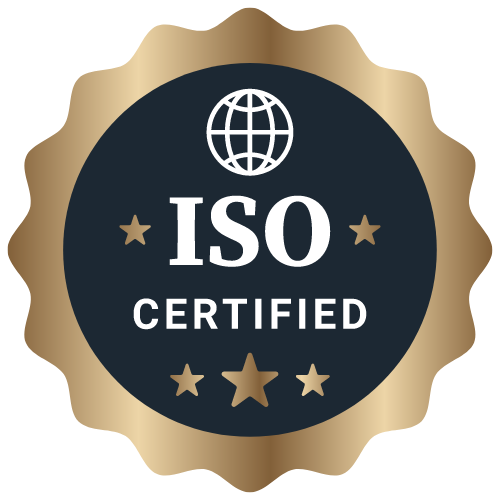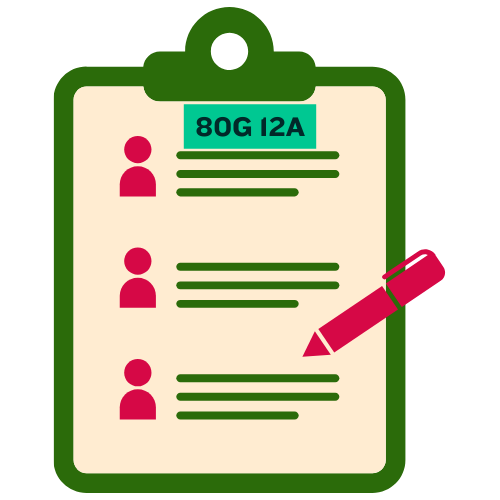Step-by-Step Process for Company Registration
This step-by-step guide provides detailed instructions on the company registration process, from choosing a business structure to filing necessary paperwork and obtaining necessary permits. Learn how to navigate the registration process efficiently and effectively.
Step-by-Step Process for Company Registration
Starting a business involves several steps, one of the most crucial being company registration. This process establishes your business as a legal entity and allows you to operate within the boundaries of the law. In this step-by-step guide, we will walk you through the process of registering your company, from choosing a business structure to obtaining necessary permits.
1. Choose a Business Structure
The first step in registering your company is to decide on the right business structure. The most common types of business structures include sole proprietorship, partnership, limited liability company (LLC), and corporation. Each structure has its own advantages and disadvantages, so it's essential to choose one that best fits your business goals and needs.
2. Name Your Company
Once you have selected a business structure, you need to choose a unique and memorable name for your company. Make sure the name is not already in use by another business and check for any trademark or copyright issues. You can search for available business names on your state's business registration website.
3. Register Your Business
After naming your company, you will need to register it with the appropriate government agency. The registration process varies depending on your business structure and location. In most cases, you will need to file articles of organization (for an LLC) or articles of incorporation (for a corporation) with the Secretary of State's office.
4. Obtain an EIN
Before you can open a business bank account, hire employees, or file taxes, you will need to obtain an Employer Identification Number (EIN) from the IRS. This unique nine-digit number is used to identify your business for tax purposes.
5. File Necessary Paperwork
Once you have registered your business and obtained an EIN, you may need to file additional paperwork depending on your business activities. This may include obtaining business licenses, permits, and registrations at the federal, state, and local levels. Research the specific requirements for your industry and location.
6. Open a Business Bank Account
It's essential to keep your personal and business finances separate to protect your personal assets. Opening a business bank account allows you to track your business finances, accept payments, and pay expenses. Bring your EIN, business registration documents, and identification to the bank to open an account.
7. Obtain Necessary Permits
Depending on your business activities, you may need to obtain specific permits or licenses to operate legally. This may include health department permits, zoning permits, professional licenses, or industry-specific permits. Research the requirements for your business and apply for the necessary permits.
8. Register for Taxes
As a business owner, you are required to pay taxes on your business income. Register for federal, state, and local taxes based on your business structure and location. This may include income tax, sales tax, payroll tax, and other taxes depending on your business activities.
9. Develop a Business Plan
Although not a legal requirement for company registration, developing a business plan is crucial for the success of your business. A well-thought-out business plan outlines your business goals, target market, competition, financial projections, and marketing strategies. It serves as a roadmap for your business and helps secure funding from investors or lenders.
10. Comply with Legal Requirements
Ensure that your business complies with all legal requirements to avoid fines, penalties, or legal issues. This includes maintaining accurate financial records, filing taxes on time, and adhering to industry regulations. Regularly review and update your business practices to stay in compliance with the law.
Registering your company is a critical step in establishing your business and operating legally. By following this step-by-step guide, you can navigate the company registration process efficiently and effectively. Remember to choose the right business structure, register your business with the appropriate government agency, obtain necessary permits, and comply with all legal requirements. With proper planning and attention to detail, you can successfully register your company and start your entrepreneurial journey with confidence.
Latest Updates
How to Register for GST in Multiple States
26 Dec 2025How to Register a Franchise Business
24 Dec 2025ca4filings.com Services




























-registration.png)



